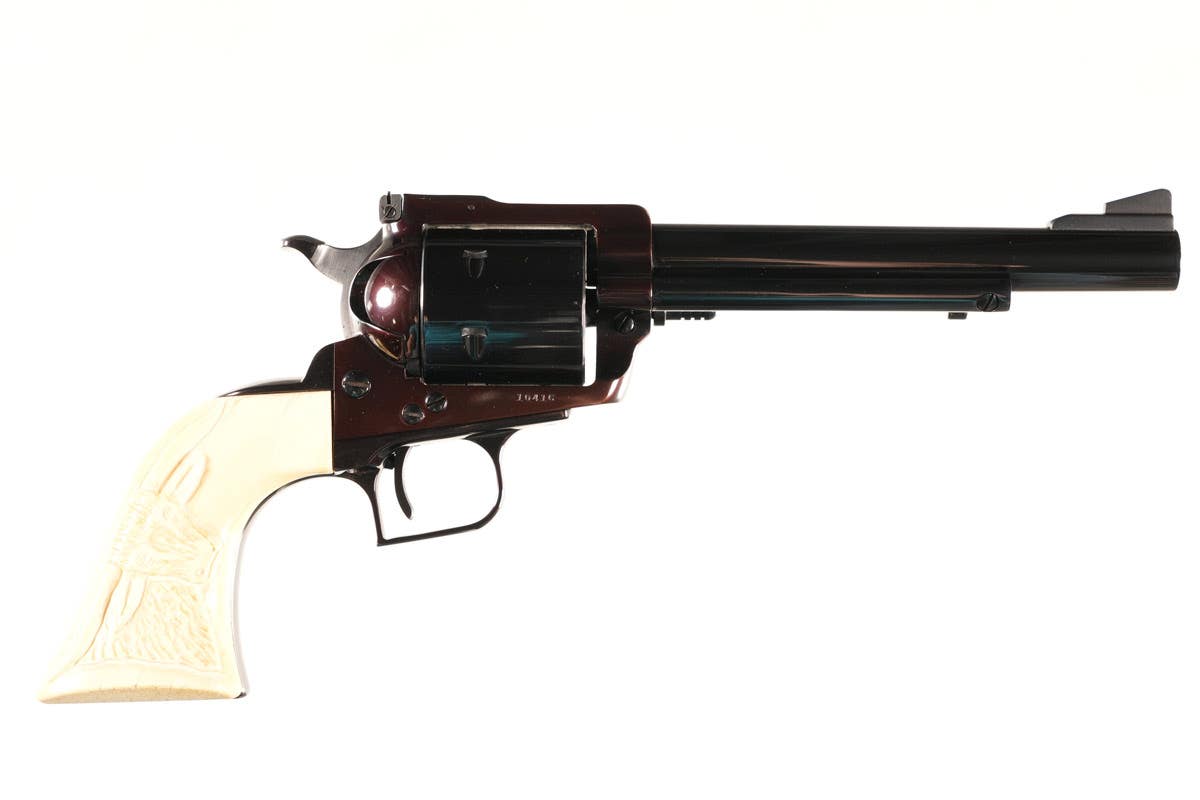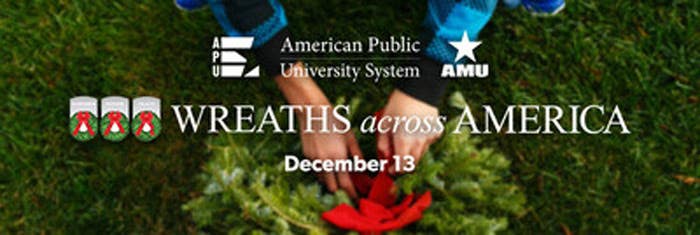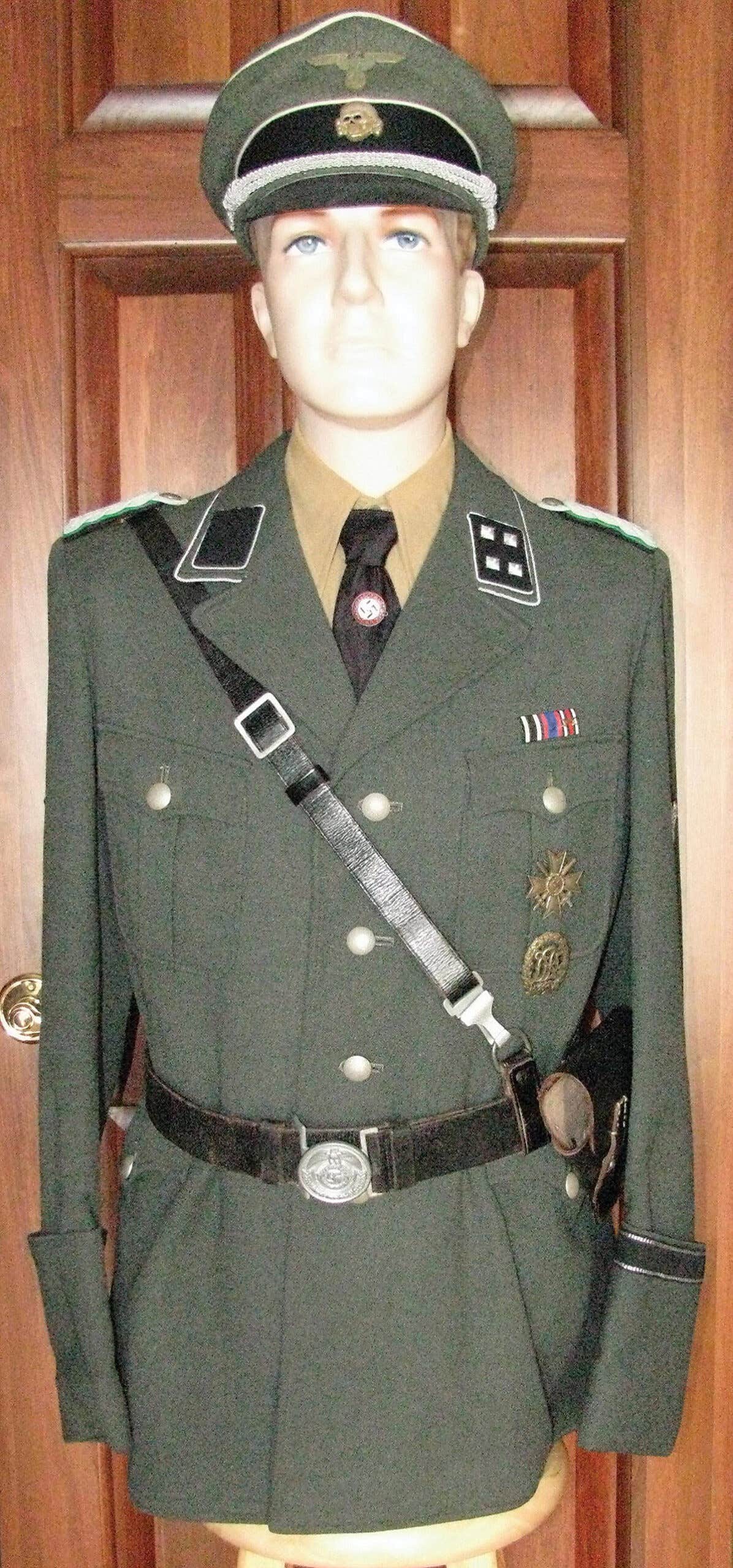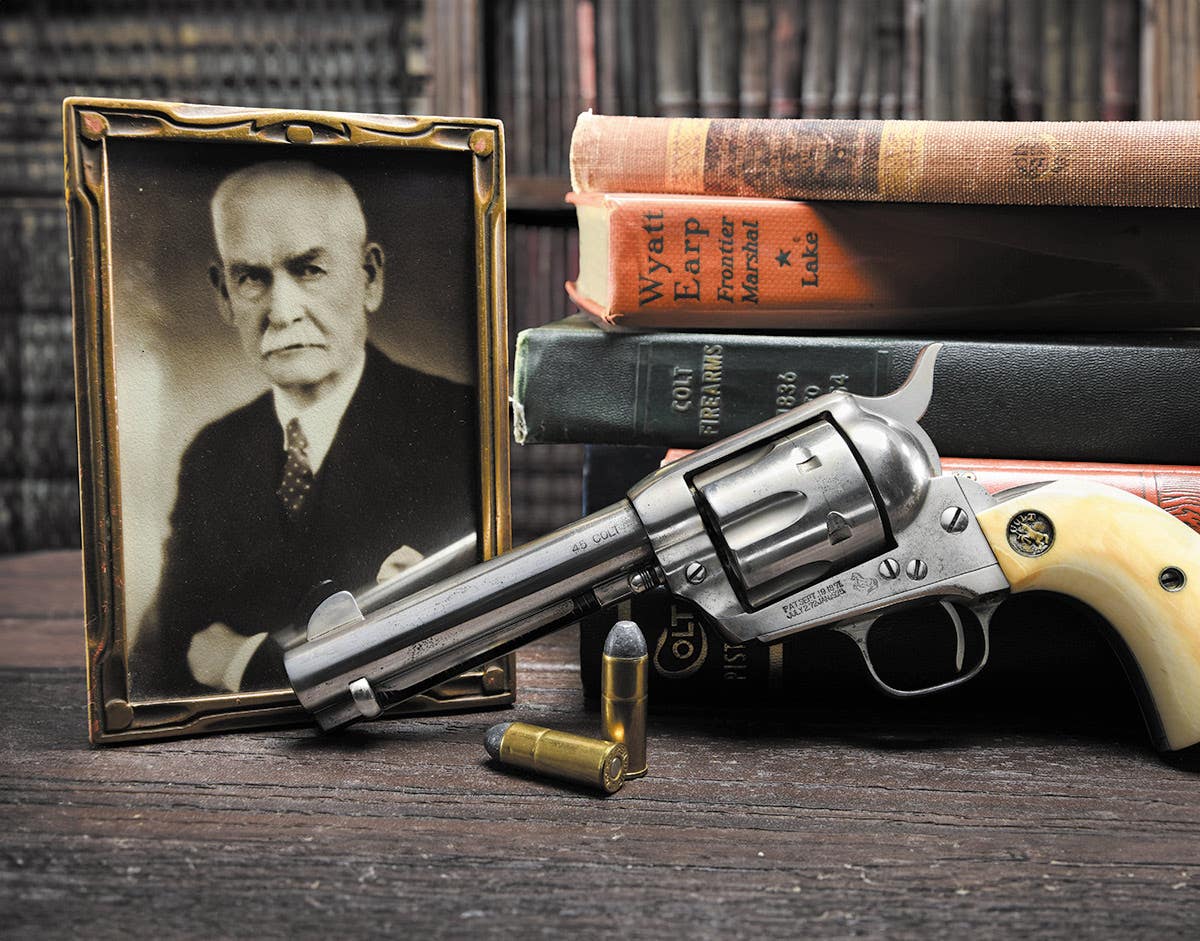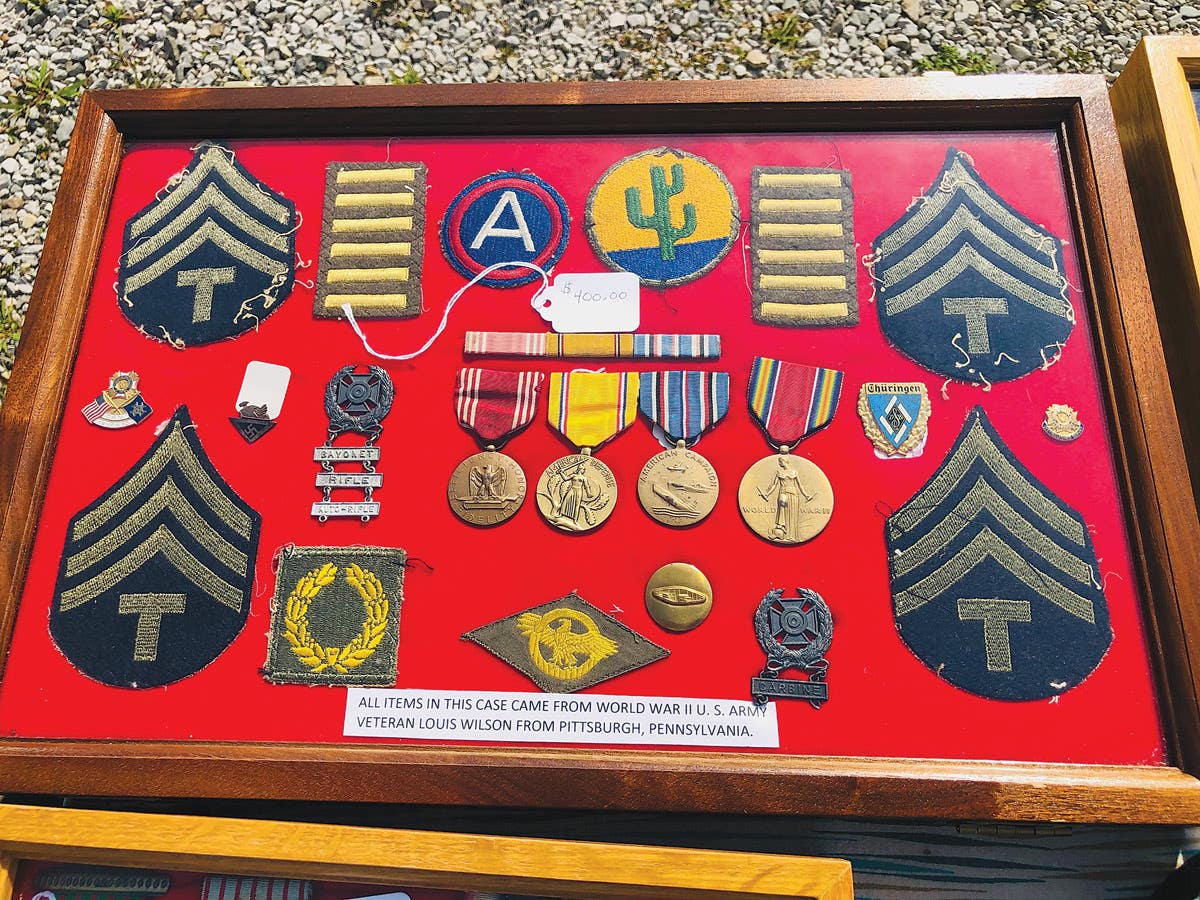Headdress of the Khedive and Shah
by Peter Suciu The French connection to the Middle East is a long and complicated one, dating back to Napoleon Bonaparte’s campaign in Egypt and Syria (1798-1801). His Arméed’Orient advanced…
by Peter Suciu
The French connection to the Middle East is a long and complicated one, dating back to Napoleon Bonaparte’s campaign in Egypt and Syria (1798-1801). His Arméed’Orient advanced all the way to the city of Acre (today Akko in northern Israel), before retreating back to Egypt, where it was defeated on the field by a combined Anglo-Turkish force.
Despite the failure of the campaign, it had a lasting impact on Egypt. The ruling Mameluke Sultanate in Cairo was never to regain full control of the region. As a result of the power vacuum, the Ottoman Empire (which had ruled Egypt through the Mamelukes since the 16th Century), dispatched fresh forces to restore order led by an Albanian general named Muhammad Ali. In a few short years, Muhammad Ali eliminated the last vestiges of Mameluke control and set himself up as the ruler of a new Egypt.
Technically, still a vassal of the Ottomans, Muhammad Ali was elevated to the rank of Pasha, but he took the self-declared title of “Khedive” (roughly translated: “Viceroy”). Under Muhammad Ali Pasha and his successors who were officially given the title, Egypt transformed to an autonomous tributary state of the Ottoman Empire – despite fighting a series of brief wars with its former master.
Under these new rulers, the Khedivate of Egypt quickly modernized its military. This included adopting European-styled uniforms and equipment.
Among the units to see a rapid modernization was the zırhlısüvarialayı (armored cavalry regiment) known as the “Iron Men.” In the middle of the 18th century this unit, which served as the body guards of the Mamulk leaders, resembled the Ottoman mounted cavalryman of 16th and 17th centuries, complete with chain mail coat, round shield, and Indo-Persian style helmet. The latter, ironically, inspired the leather Pickelhauben (spiked helmets) that emerged in Russia and Prussia in the mid-19th century.
THE KHEDIVE GUARD HELMET
Under the Khedivate, these Iron Men discarded the chain mail as it was largely impractical on the modern battlefield of the 19th century. Instead, they dressed in uniforms closely styled on the European cuirassier, complete with metal breast plates and heavy cavalry-style helmets. The result was a meeting of east and west.Nowhere was this more apparent than in the Khedive Body Guard’s steel helmets.
Produced in France, the shell of this helmet had a curved rear visor based on those worn by European dragoons and cuirassiers. It features a nose guard that bears a resemblance to the European Zischagge or “lobster tail” helmets of the 17th century, and which was a holdover from the earlier Ottoman-styled helmet. This nose guard was designed to emulate an arrow in flight, while a locking screw on the front was embossed with a five pointed star.
The European cavalry style chin chain on each side of the helmet is attached via discs that also are decorated with raised stars. Each of these is to represent the Five Pillars of Islam. Unlike European helmets of the era, chain mail curtain was retained for ceremonial purposes. It is attached to the helmet via eight brass wire hooks inside the helmet. This is the most anachronistic element of the helmet, but it is likely there to retain the traditional look of the Egyptian military power.
Instead of a comb or plume that common among the European helmets of the era, it features a Muslim crescent on the top. In many ways, these French-made helmets retain the look of Ottoman cavalry helmets of 17th century, thus maintaining a connection to the past while evoking a more modern look of the new Khedivate military.
This modern force saw combat during the British invasion that defeated the Egyptian forces at Tel El Kebir in September 1882, and again during the subsequent British protectorate of Egypt, when the so-called Iron Men took part in the ill-fated invasion of the Sudan in 1883, and finally in the successor re-conquest of the Sudan in 1896. Compared to the khaki-clad British soldiers who took part in the latter campaign, the Khedive Guard may have seemed an anachronism, but it must be remembered that French and German cavalry would ride into battle in uniforms that were seemingly out of place in the opening stages of World War I less than 20 years later.
Soon after the outbreak of World War I, the Khedivate was officially abolished in November 1914, and the British officially proclaimed a new Sultanate of Egypt. With this move (which was little more than a political exercise to ensure that the Egyptians remained on the side of the Allies instead of joining the Ottomans), the Khedivate body guard was disbanded, and so passed the age of the Iron Men and their unique headdress.
The Qajar Guard Helmet
In the late 18th century, Persia had come under the control of Mohammad Khan Qajar. Hefounded the Qajar dynasty that was to last until 1925. Under these rulers, it unified the lands and formed what would eventually become modern Iran.
Egypt was not alone in modernizing its military and adopting a sharp-looking helmet in the 19th century. The development of European-based uniforms of the Oajar dynasty can be traced to the “first French Mission” of 1807, and later, to Russia, which sought to ally with Persia against the British at various times during the century.
Despite its modernization efforts, the Persians still maintained the lion and sun motif. This traces back to Babylonian astrology and other Near Eastern traditions. It was also associated with Shia Islam. Under the Safavid era, the lion and sun stood for the two pillars of society – the state and the Islamic religion. Itbecame a national emblem during the Qajar era and later, modern Iran until the Islamic Revolution of 1979.
Very few shakos of this are known to exist today – in part because the use was brief and limited to a few in the elite officer corps. Today, one of the surviving examples is in the collection of the Turkish Military Museum in Istanbul. In addition to the spiked shako, the Persians did utilize actual Pickelhauben in limited numbers in the 1890s – likely of Prussian/German origin – before discarding them for an even more flamboyant headdress.
This was a brass helmet designed to emulate the appearance of the Ottoman fez, complete with a faux tassel on the back. While it could be argued that these did somewhat resemble the kalpak-style fur caps that the Persians wore as part of the winter uniform, there was little that linked this actual helmet to the Qajar or the Persians. Instead, it was a matter of opportunity.
These brass helmets were produced in France – likely by the same firm that had produced the Egyptian Khedive Guard helmets – and in fact, intended for Egypt! For reasons lost to time, a very small number of these brass helmets were sold to Persia instead, where it was used as a personal guard helmet for the Shah.
The helmet has only a few passing elements that can truly be considered Persian, however. Notably, it features 2-inch relief flower petal bosses of the type used on French dragoon officers helmets in the late 19th century, and a gilt brass relief “ribbon bow” pattern border along the bottom of the helmet. The helmets were originally outfitted with an Egyptian plate but these were removed and replaced with the Qajar lion and sun plate. A crescent with a seven pointed star(which is associated with Islam in a more generic sense) adorn the top of the helmet. The helmets were likely only used for a brief period beginning in the 1890s and removed from service with the downfall of Mohammad Ali Shah Qajar (no relation to the previously noted Muhammad Ali Pasha of Egypt).
Today, the origins and makers of these rare helmets is largely lost, apart from the fact that the Khedive and Qajar helmets were produced in France. More importantly, the few surviving examples highlight the attempts of these nations to modernize the military, while retaining a link to the past – all in the attempt to leave their mark on history.
Peter Suciu has collected helmets and headgear for more than 35 years. He continues to seek out unique militaria, and offers some of it for sale on his dealer portal: www.PlundererPete.com.
Peter Suciu is a freelance journalist and when he isn't writing about militaria you can find him covering topics such as cybersecurity, social media and streaming TV services for Forbes, TechNewsWorld and ClearanceJobs. He is the author of several books on military hats and helmets including the 2019 title, A Gallery of Military Headdress. Email him and he'd happily sell you a copy!



